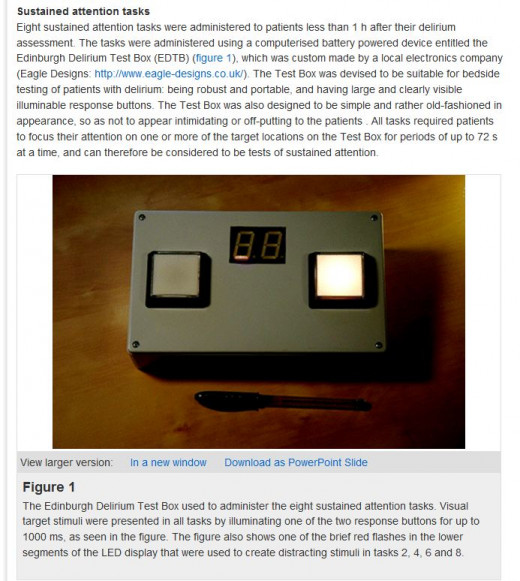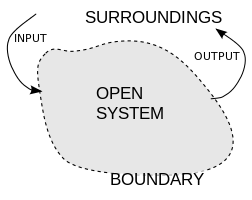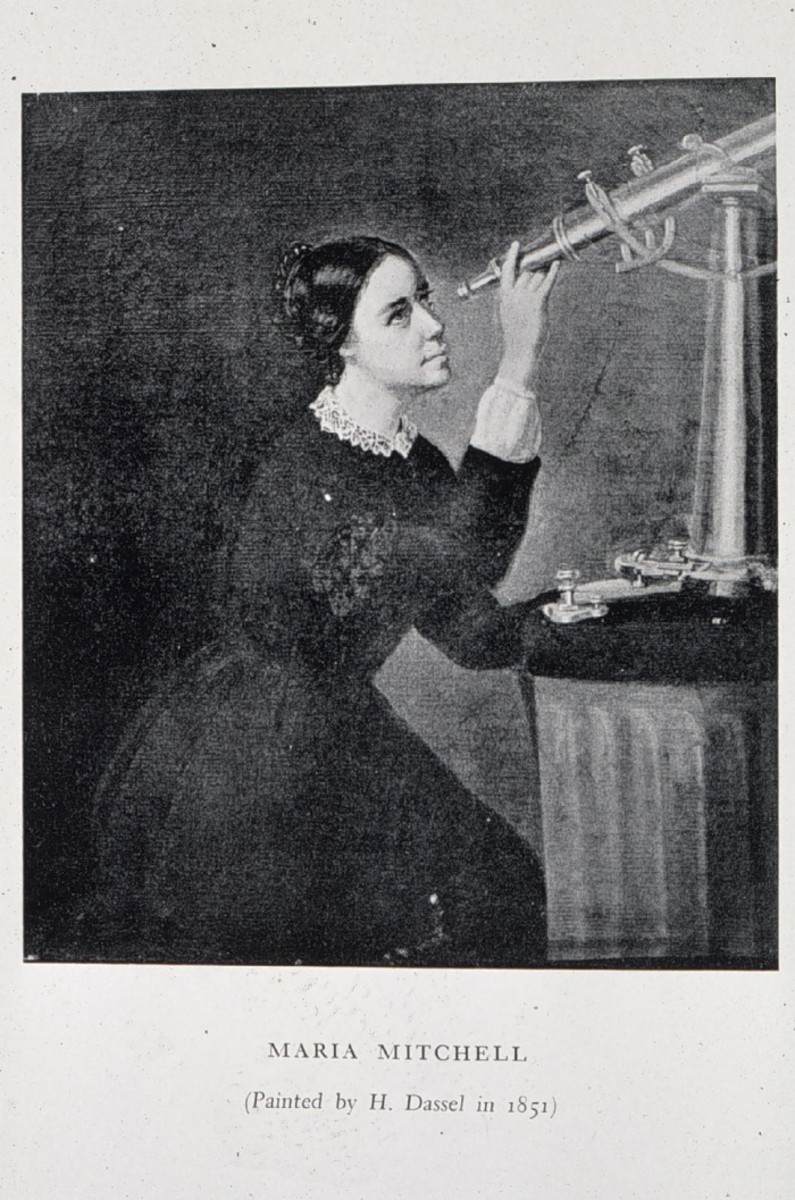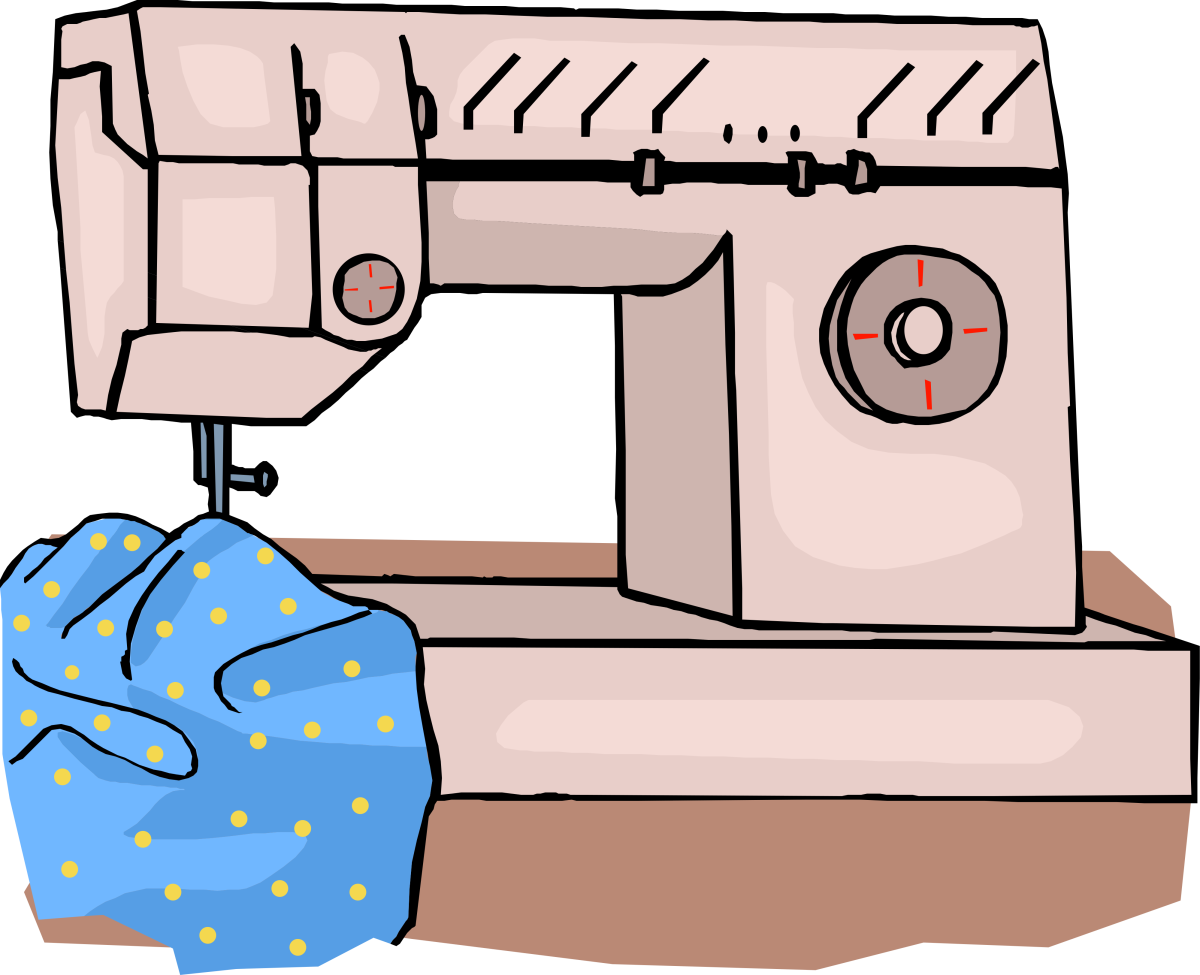Edinburgh Black Box: Eye of a Prophet?


Nostradamus has nothing on this little soothsayer. It doesn’t possess a fearful or awesome appearance; as a matter of fact, it looks very unremarkable. A source which generated two of the most startling instances of prescience in history is nothing more than an unassuming black box. It is encased in black metal, and is the size of two cigarette packs. It’s “brain” is a small microchip that is comparable to similar chips which come in garden variety calculators. Yet the unimpressive appearance of this black box belies its significance: it is the “eye” of a machine which seems to be able to forecast the future…especially traumatic large-scale events. Does it occupy a place of prominence? That depends on how one regards a dusty university library basement located in Edinburgh, Scotland.
Inexplicably, this machine predicted the September 11th attacks on the World Trade Center four hours before that tragic event. Moreover, it forewarned of the devastating Asian tsunami in 2004 just before the deep sea earthquake occurred which was the genesis of the tragedy. In the case of the September 11th attacks, the volatile environment rife with conspiracy theories caused the legitimacy of the machine’s prognostication to be swept aside by skeptics. After the machine correctly predicted the tsunami, however, scientists around the world began to take notice.
Dr. Roger Nelson, professor emeritus at Princeton University, is heading the research project investigating the “Black Box Phenomenon.” He sums up the prophetic ability of the machine in question in the following quote: “It’s Earth-shattering stuff. We’re very early on in the process of trying to figure out what’s going on here. At the moment, we’re stabbing in the dark.” Despite a vast amount of uncertainty as to the science involved, Dr. Nelson nonetheless developed a working hypothesis that his team is utilizing to frame its investigation.
75 respected scientists from 41nations are on-board with the experimental Global Consciousness Project. As the name suggests, this theory is founded in the tenet that the entirety of humanity shares a single subconscious mind that each member can tap into at various times without even realizing that he or she has. The theory originated with the work of another Princeton professor from the 1970s, named Robert Jahn, who was intrigued by telepathy and telekinesis. This pioneering scientist was one of the first members of the scientific community to give any credence to paranormal phenomena. He sought to study these mental capabilities using the most up-to-date technology of the day. One of the pieces of technology utilized in the professor’s experimentation was a humble-looking black box known as a Random Event Generator (REG).
The REG is, in essence, a digitalized coin-flipper. It simply outputs either the number one or zero in a completely random sequence. Results can then be converted into the form of a printed graph. Equal distribution of the two numbers is reflected in the graph by a straight line; any deviation from this pattern of equality reflected as exceptional trends of successive ones or zeros (heads or tails) results in a gradually-rising curve in the graph.
During the late 1970s, Professor Jahn decided to investigate whether human thought alone could affect the normal results produced by the machine. The results of his experiment were extraordinary. When random subjects from the general population were asked to concentrate their thoughts upon the little black box by attempting to “force” it to deviate from its normal pattern (more heads than tails or vice versa), Professor Jahn recorded amazing results. On a repeated basis subjects from all walks of life, and from across the spectrum of intelligence, were, in fact, able to markedly affect the results. According to the laws of science and probability, this should not have been possible; however, it occurred again and again. The stunning results of this experiment remain unexplained to this day.
At this point, Dr. Nelson (a colleague of Jahn at Princeton) decided to expand on the professor’s initial framework. He began taking random number machines to group meditations which were a popular activity in America at the time. The results during these sessions were again momentous: these collectives of consciousness were able to dramatically influence the number output by the machines. After observing these trends, Nelson was a believer. As a result, the scientist connected 40 random event generators along with their “eyes” (similar to the one in Edinburgh) from all over the world to his laboratory computer via the internet. Generally, the millions of pieces of data collected from these locations consistently resulted in a flat line graph…that is, until September 6, 1997.
On that day, as an estimated 1 billion people viewed the funeral of Princess Diana, the REGs around the planet recorded an enormous spike in numerical pattern as nearly a third of the world was mentally focused on a single event. This mystifying event prompted a scientific conference which attempted to interpret and explain this phenomenon—and the Global Consciousness Project was conceived.
Beyond simply recording data as events take place however, the network of devices around the world has begun to “predict” large-scale events before they happen. On September 11th, 2001, the upward trend in numbers initiated a full four hours before the first plane even struck the twin towers! Essentially, an event of historic significance had been detected even before the terrorists boarded their infamous flights. While the implications of this event were enormous for a society that bases its security information on monitoring “electronic chatter,” it was a single event that could have simply been a coincidence.
However, the machines again “went wild” in December of 2004. This time the remarkable anomaly within the machines occurred 24 hours before the earthquake deep within the Indian Ocean which triggered the devastating tsunami that overwhelmed the coast of Southeast Asia, killing an estimated 250,000 people. Nelson and his team believe that this second accurate “prediction” removes the phenomenon from the realm of a random fluke. But are the hypotheses being advanced science…or science fiction?
The vast majority of the scientific community dismisses the black box theory and its results. These cynics point out that catastrophes, wars, even gigantic celebrations are ubiquitous in the modern world, and that there will always be such an event to correlate to any change in numeric pattern by the network of machines. Critics also point out that the “collective telepathy” that supposedly triggers the statistical anomalies has never been proven to legitimately exist in any way. Accordingly, most of his colleagues consider Nelson’s faith to be lunacy, and his project to be fool’s gold.
Undeterred, Nelson and his team press on with their research; though they admit that the project still presents more questions than answers. While the machine generated warnings are promising, there is no way to determine where the event foreseen will occur or what it will be. Nelson, himself, observed that they do not yet have a machine that they could sell to the CIA. He does, however, assert that the work shows promise; and counters his critics by pointing out that the team’s research indicates that the odds of achieving the results witnessed immediately before the two incidents in question by fluke are one million to one against.
So, it comes to the seminal question. Is there a machine powered by the collective human consciousness that can foresee the immediate future; or were these events coincidence? In an age of ever-advancing technology where machines continue to replace man, are fortune tellers doomed to extinction? For now, this mystery will remain an enigma that blurs the traditional boundaries between science and the paranormal.
What are the Black Box predictions?







